
With the rapid development of technology, agricultural drones have become an important tool in modern agriculture. From farmland in coastal areas of China to vast inland plains, these ‘flying assistants’ are changing the face of traditional agriculture. This article will explore the latest technological applications, market trends, and impact on future agriculture of agricultural drones.1、 Technological breakthroughs in agricultural dronesIntelligent navigation and precise homeworkThe latest agricultural drones are commonly equipped with Beidou Navigation System or GPS technology, which can achieve centimeter level precise positioning. Whether it’s sowing, fertilizing, or spraying pesticides, drones can efficiently operate according to preset routes. For example, an advanced drone can complete the fertilization task of 300 acres of farmland within 1 hour, with an efficiency equivalent to 80 manual laborers.Multi functional sensor integrationThe current agricultural drones are equipped with equipment such as multispectral cameras, infrared sensors, and soil moisture detectors. These sensors can monitor crop health status, soil moisture, and the distribution of pests and diseases in real time, helping farmers apply fertilizers and pesticides accurately and reduce resource waste. According to statistics, precise spraying technology can reduce the use of chemical agents by more than 30%, which not only saves costs but also is environmentally friendly.AI and Big Data DrivenThe addition of artificial intelligence (AI) has upgraded drones from mere tools to ‘thinking assistants’. By analyzing aerial data, AI can identify areas of abnormal crop growth and generate management recommendations. For example, when nitrogen deficiency is detected in a certain farmland, the unmanned aerial vehicle will automatically adjust the fertilizer spraying amount to achieve refined management tailored to local conditions.2、 Application scenarios of agricultural dronesLarge scale farmland managementIn rice fields in southern China or corn fields in northern China, drones can quickly cover hundreds of acres of land to complete crop monitoring, spraying, and data collection tasks. Compared to traditional tractors, drones do not compact soil, making them particularly suitable for wetland or hilly terrain.Animal husbandry and fishery assistanceDrones are not limited to agriculture. In ranch management, they can be used for livestock counting and health monitoring; In the fishing industry, drones can detect the position of fish schools and optimize fishing efficiency.Disaster Warning and Emergency ResponseFaced with natural disasters such as floods or pest infestations, drones can quickly fly to the affected areas, capture high-resolution images, and provide data support for post disaster assessment and rescue.3、 Market Trends and Development ProspectsAccording to industry data, the global agricultural drone market is expected to grow from $3.6 billion in 2024 to $5.7 billion in 2030, with an average annual growth rate of over 7%. In China, policy support and technological progress have promoted the popularization of agricultural drones, especially in the context of food security and rural revitalization, where drones are seen as the key to improving agricultural production efficiency.At the same time, the cost of drones is gradually decreasing. The improvement of battery life and the refinement of localized maintenance services make this technology affordable for small and medium-sized farms. In the future, with the popularization of 5G networks, the remote control and real-time data transmission capabilities of drones will be further enhanced.4、 Challenges and Solutions FacedDespite the bright future, agricultural drones still face some challenges. For example, further breakthroughs are needed in flight stability under complex terrain, adaptability to adverse weather conditions, and improvement of regulatory policies. To this end, researchers are developing more durable body materials and smarter obstacle avoidance systems, while the government is also formulating clearer guidelines for the use of drones.5、 ConclusionAgricultural drones are not only the crystallization of technology, but also a booster for the transformation and upgrading of modern agriculture. From precision agriculture to sustainable development, it provides farmers with more efficient and intelligent solutions. In the future, with the continuous iteration of technology, agricultural drones are expected to fly into more fields and become an important force in China’s agricultural modernization.If you are interested in the specific applications or purchasing of agricultural drones, you may continue to follow the latest developments in this field and welcome the new era of agricultural intelligence!

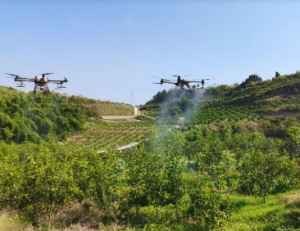
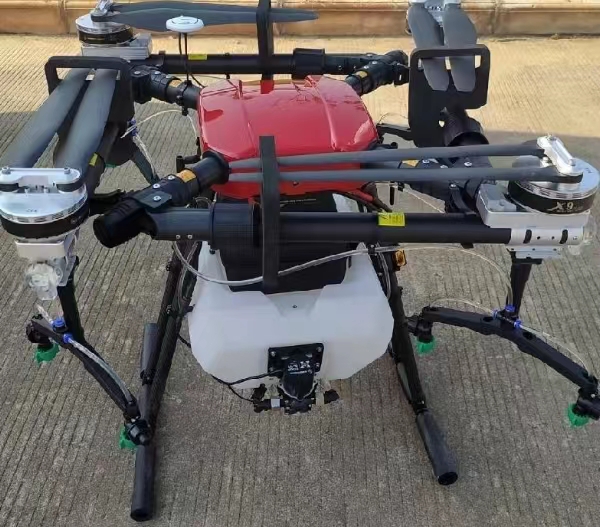
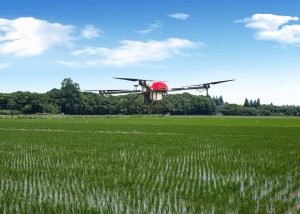
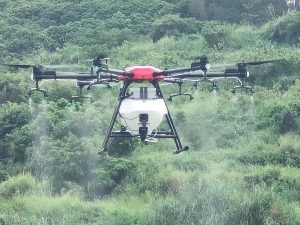
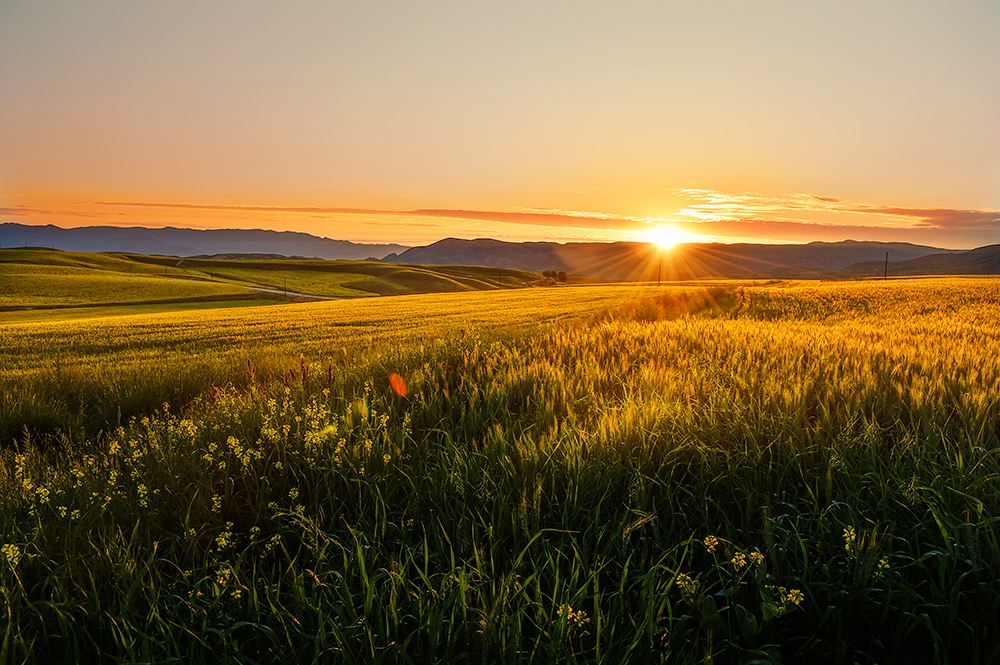
暂无评论内容